What Makes Up Your HVAC System
The Heating, Ventilation, and Air Condition system is an intricate part of most homes in the United States. In fact, 90% of households have had an HVAC installation. Depending on the weather, all the connected components are engineered to perform at optimum levels to provide heat or coolness. However, what are these parts, and what do they do?
The Thermostat
This is a component within the HVAC system which regulates temperature automatically. The thermostat is designed to cut off or stabilize room temperature upon reaching a threshold. The thermostat is usually visible and not necessarily embedded within the HVAC unit.
With technological advancement, many modern HVAC systems are manufactured with energy efficiency in mind. This way, you can maximize usage without much worry about excessive power consumption. However, it helps to practice some level of mindfulness. Without the thermostat, your HVAC will function without temperature regulation.
Air Conditioner
Many love to use this, especially during the hot summer months. The air conditioner blows cool air into the room to keep you comfortable. It does this with the help of refrigerant and condensing units. Through special tubes, the refrigerant flows through ducts and into the AC unit indoors. The unit functions using the compressor, valves, and evaporator coil.
A quick look into the air conditioner unit shows a complex arrangement of valves, filters, ducts, and other channels that enable you to enjoy your summer months when indoors. As with all appliances, it is recommended to service your air condition system regularly. Doing that extends its lifespan and can save you from paying for costly repairs or replacements.
Furnace
The function of the furnace is a sharp contrast to the AC. As a matter of fact, this part is the central heating component in your HVAC. Because of its size, the furnace is usually kept in areas with enough space. For example, the basement or attic usually houses the furnace. Meanwhile, in other cases, the utility closet can be the best space to keep it.
The primary responsibility of the furnace is to heat air and channel it through special ducts in the unit. Because this function is needed chiefly during the chilly months, over 80% of US households have their HVAC systems turned on for days on end. Depending on the household’s needs, there is the option to use either the oil, propane, gas, or electric furnace.
Heat Pump
The heat pump plays a dual role in the HVAC system. So, when in a cooling mode, it takes away warm or hot air from the room. In a heating mode, it does the exact opposite. This component comes of great use during mild winters. Moreover, its function relies on either a drop or increase in outdoor temperatures.
An Air Purifier
You can be sure that the air purifier can take care of indoor air pollution. This part of the HVAC system is significant for persons living with respiratory allergies such as asthma. By trapping over 95% of particles indoors, the air becomes cleaner, fresher, and healthier to breathe in.
Hopefully, the next time you use your HVAC, you will appreciate the level of engineering that culminated into that hard-working appliance in the home. Finally, consider making HVAC maintenance a routine in the house.


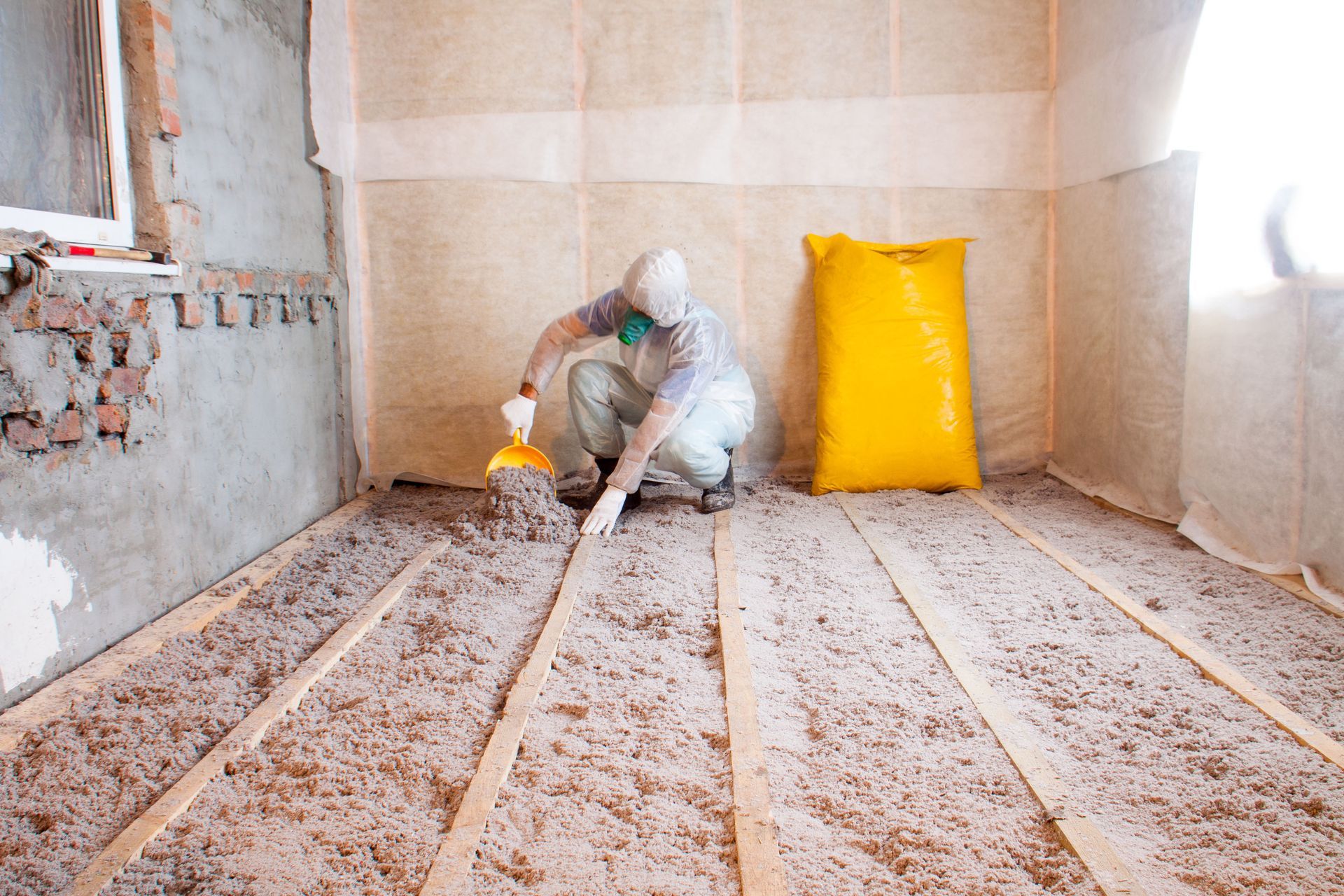

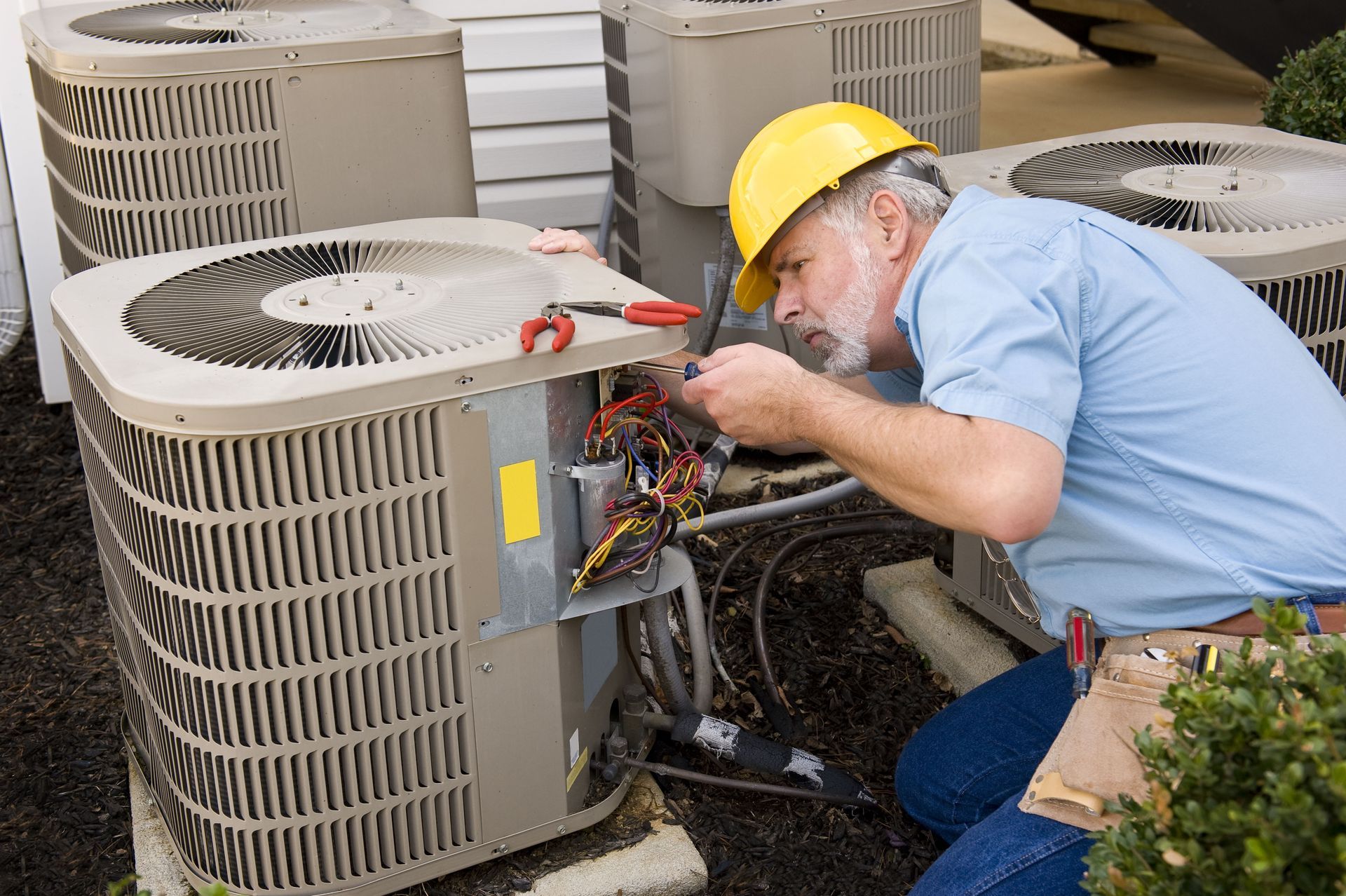
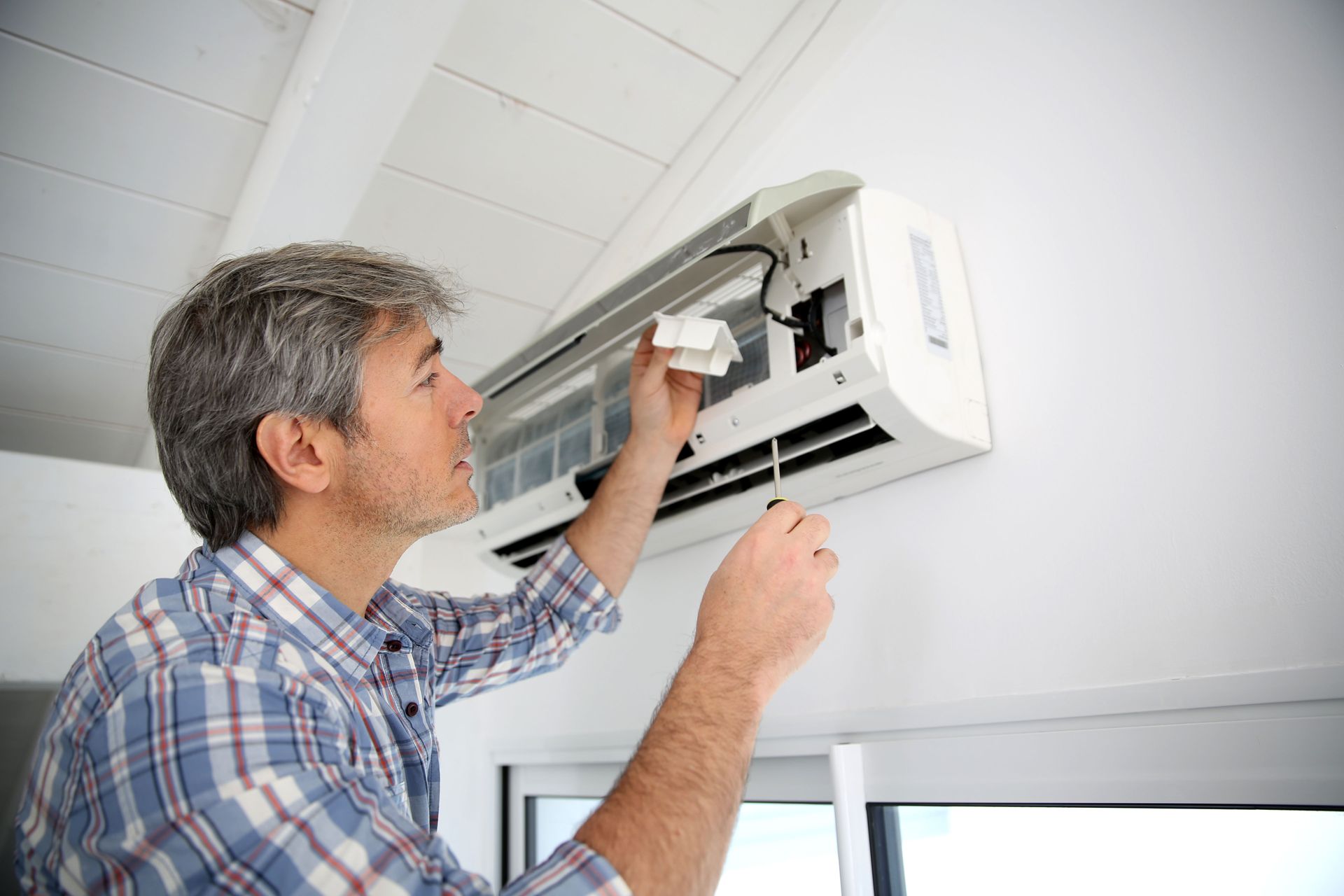
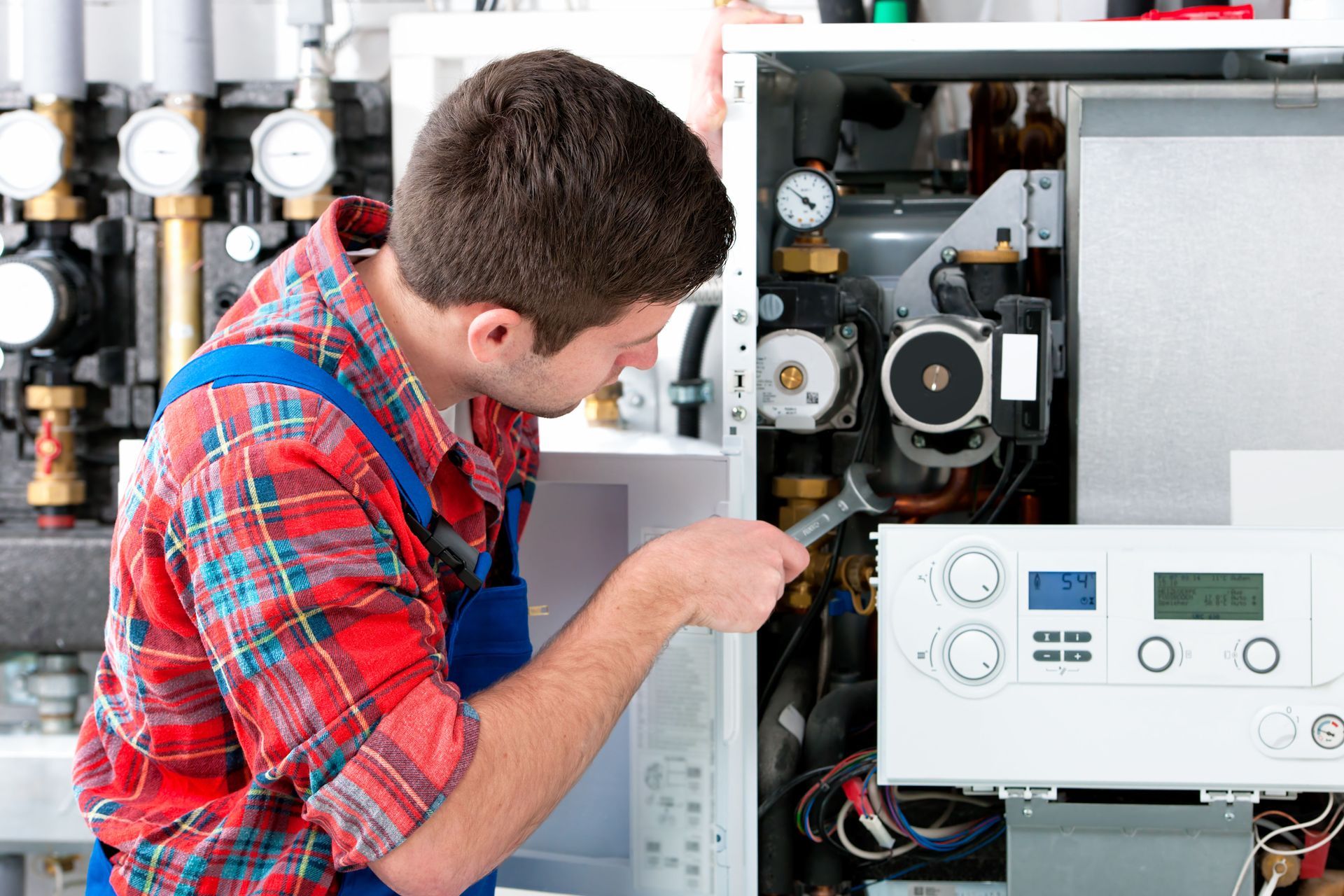
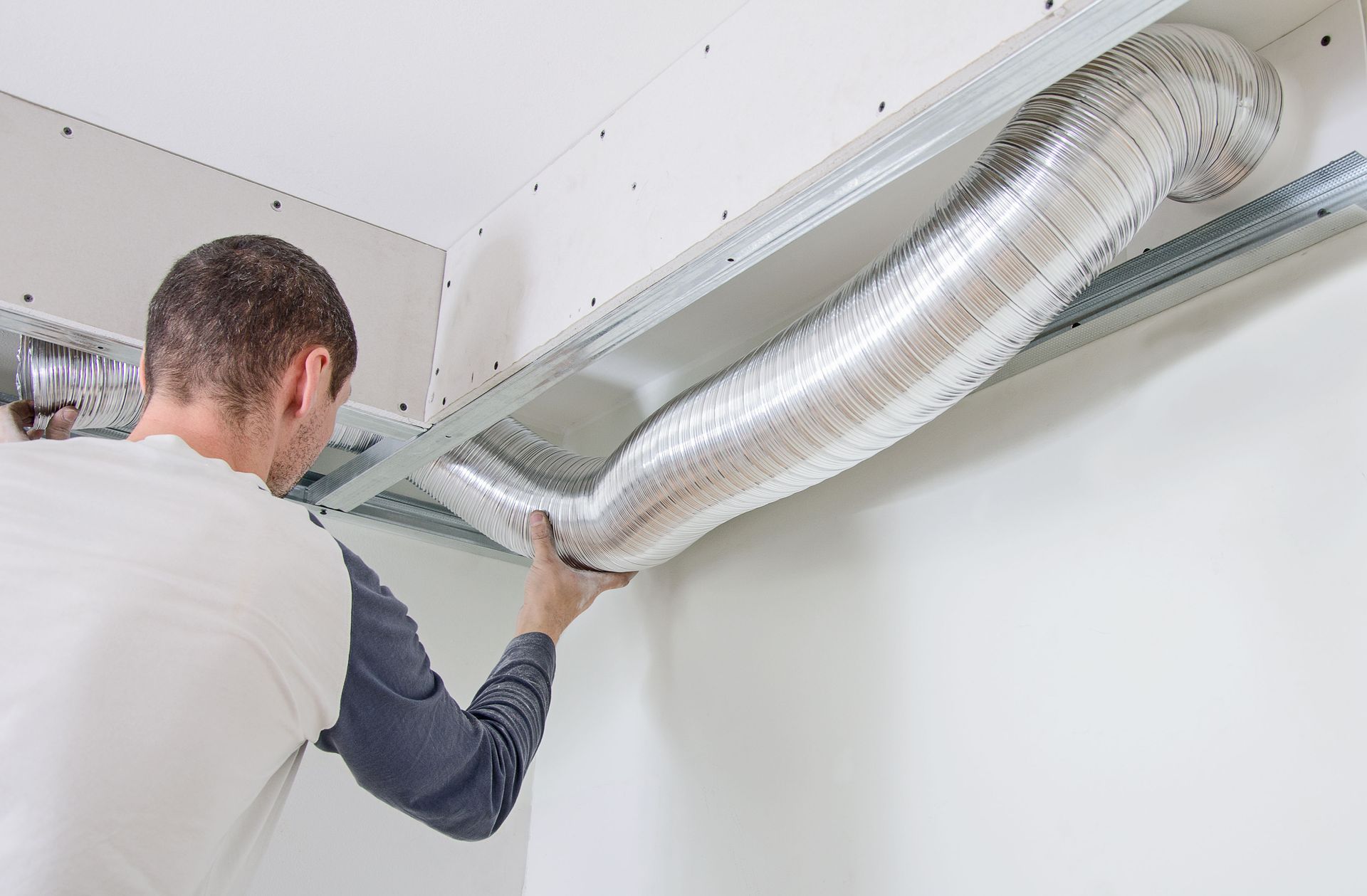
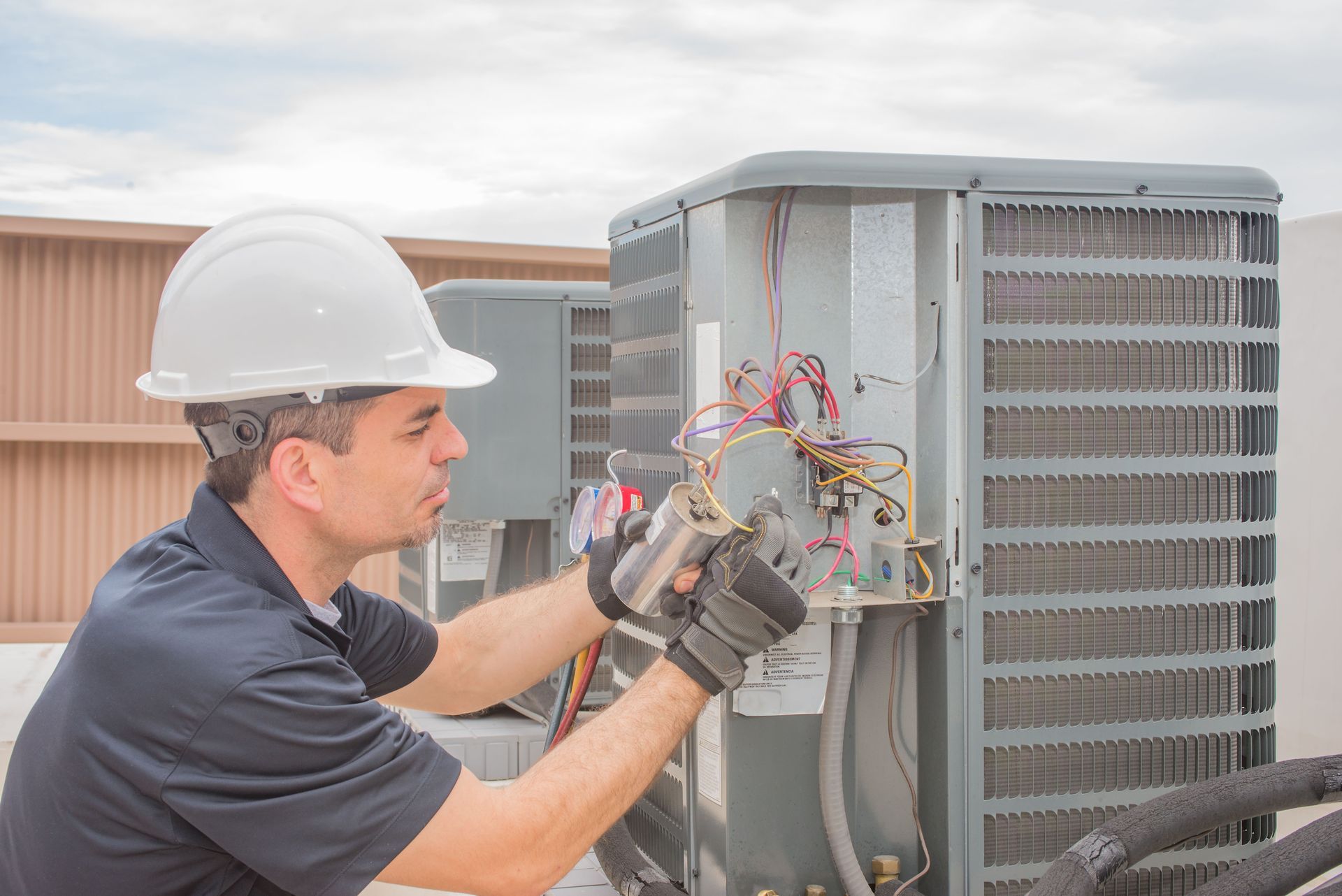














Share On: